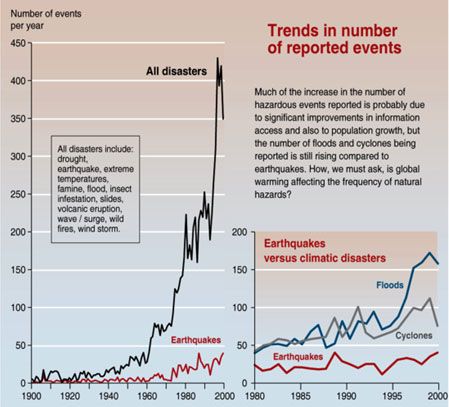Tom Kerwick challenged my warnings by claiming that the observed longevity of white dwarfs, in spite of the constant bombardment by cosmic rays, provides a convincing safety argument regarding the currently running nuclear collisions experiment at CERN. This claim is important but, unfortunately, inconclusive as I shall try to demonstrate.
It is true that the collisions performed at CERN are relatively meager compared to cosmic-ray energies. The current, approximately 10 TeV collisions between equal-momentum particles at CERN correspond to 10.000 TeV cosmic ray protons hitting a stationary proton on earth or a white dwarf. The thousand-fold increase is a consequence of the relativistic energy-momentum law being applicable.
If 10.000 TeV (= 10 to the 16 electron volt) look like much, cosmic ray energies up to 10 to the 22 electron volt (a million times more) have been measured. However, if the latter are translated back into symmetric collisions of the CERN type, they are “only” a thousand times more energetic than CERN’s (owing to the square-root rule implicit in the mentioned law).
The fact that white dwarfs appear to be resilient to this bombardment is living proof that the cross section of CERN-generated miniature black holes (as well as their up to a thousand times more massive cosmic-ray generated analogs) must be minuscule. Specifically, their diameter must lie below that of a lepton (electron or quark). While an electron’s diameter is often supposed to be zero, neutrino absorption in solid matter yields a finite value (about ten to the negative 24 meter). In addition, the Telemach theorem guarantees a non-zero electron diameter.
So far, the cosmic rays cannot be shown not to be generating ultra-fast miniature black holes. When generated, the latter need to be rare enough not to leave a black hole get stuck inside the white dwarf in question. Otherwise white dwarf stars would no longer exist, as Tom stresses. The difference between earth and a white dwarf lies in the latter’s by 5 orders of magnitude higher density. It renders the white dwarf by so many orders of magnitude more vulnerable to ultra-fast natural black holes. Hence we have 3 numbers which jointly limit the lifespan of white dwarfs: The collision rate of CERN-like (or stronger) cosmic rays impinging on their surface; the fraction of these events leading to the formation of a black hole; and the free path length of an ultrafast miniature black hole inside white-dwarf matter.
None of these three parameters is currently known. Nevertheless as long as the black hole is markedly smaller than a lepton, it is the latter’s diameter alone that determines the cross section. Therefore, it is possible to draw a conclusion: White-dwarf longevity is limited by cosmic rays if the energy of the latter (CERN size or larger) suffices to generate black holes. In this case, “very old” white dwarfs cannot exist. This is a testable prediction.
The cooling rate of white dwarfs happens to be very low owing to their minuscule surface-to-mass ratio. Our cosmos is currently assumed to be only 14 billion years old (about the age of globular star cluster in our galaxy). Ultra-old white dwarfs should not be observable for that reason alone. As it happens, the new prediction is theory-independent, however. Ultra-old cold white dwarfs are therefore worth looking for empirically. If they are found, two important implications follow: (i) our universe is older than generally anticipated; (ii) the LHC experiment is safe. If, on the other hand, ultra-old white dwarfs prove empirically absent, this fact confirms the big bang theory at face value. However, if the recent theory of cryodynamics holds true (which implies a very much larger age of the universe), a measured absence of ultra-old white dwarfs implies that cosmic rays produce white-dwarf eating black holes. In that case, there is a high probability that the LHC is currently producing earth-eating black holes.
Therefore an astronomical test of the safety of the LHC experiment, based on white dwarf longevity, exists. The same claim was made by Tom. The difference lies alone in the fact that he assumes that the collision rate of micro black holes with leptons is much higher (due to a higher lepton diameter being apparently assumed). This difference led him to predict a very much shorter lifespan for white dwarfs. Since that prediction is defied by observation, his conclusion was that CERN is safe.
It will be important for everyone to learn if Tom Kerwick (perhaps in conjunction with Giddings and Mangano whom he quotes) can defend his prediction of a much higher collision rate with leptons for ultrafast natural mini-black holes inside white dwarfs. If so, CERN can perhaps be exculpated for its public refusal to update its 4-year-old safety report while continuing at a nonlinearly increased collision rate.
I thank Henry Gebhardt, Boris Hagel and Tobias Muller for discussions. For J.O.R.

